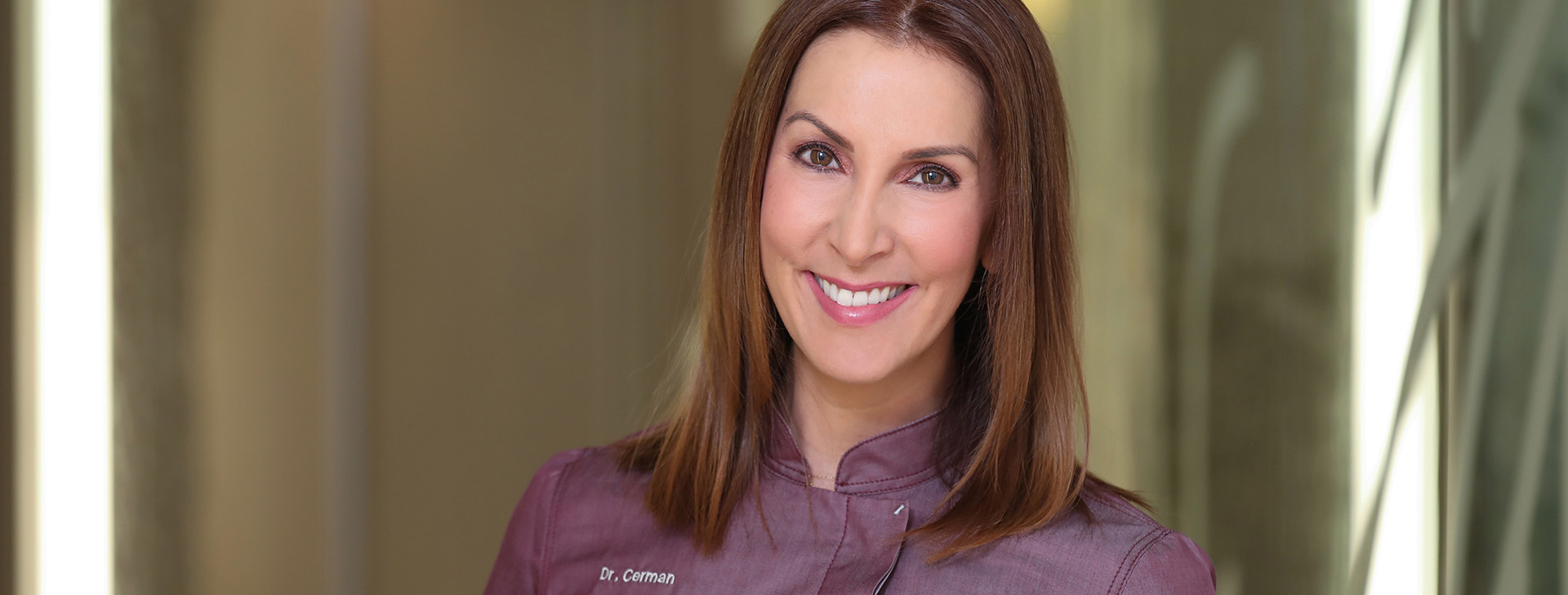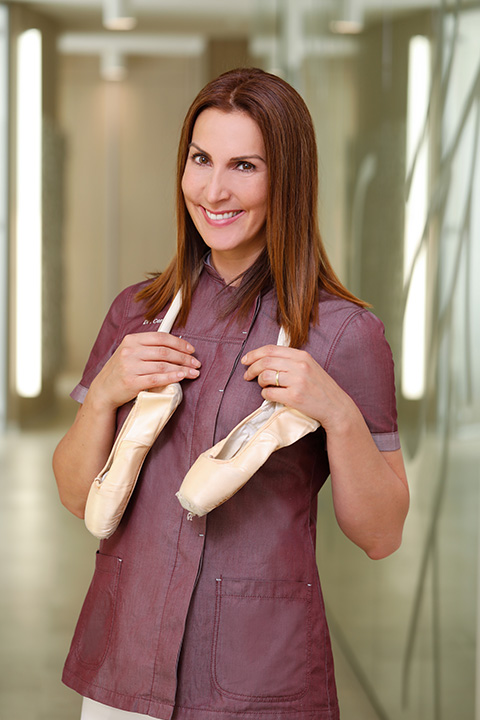Dr med. dent. Zeynep Cerman’s expertise comprehensively covers all areas of dentistry. In addition to conservational dentistry (tooth preservation), these include dental surgery (implantology, wisdom tooth removal, etc.), aesthetic dentistry (veneers, all-ceramic restorations) and prosthetics (crowns, bridges, dentures).
In 2013 Dr Cerman was certified in the area of “aesthetic dentistry” by the German Association of Aesthetic Dentistry. She also practices children’s dentistry and speaks fluent German, Turkish, English and French. Dr Cerman is a member of the DGI (German Association of Oral Implantology), DGZMK (German Association for Dental, Oral and Maxillofacial Medicine), APW (Academy for Practice and Science) and DGÄZ (German Association of Aesthetic Dentistry).



